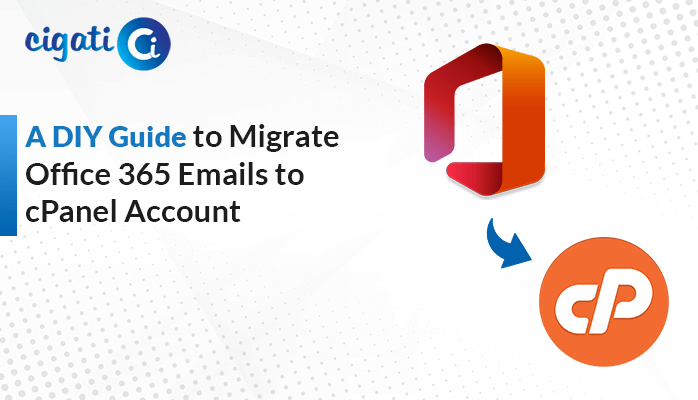-
Written By Rohan Wiese
-
Published on April 11th, 2023
-
Updated on April 13, 2024
How to Convert JFIF Images to SVG Format in Batch?
I’m working on a project that involves converting a larger number of JFIF images to SVG format. Unfortunately, SVG isn’t a native format for photos like JFIF, so a direct conversion isn’t possible. Is there a way to convert JFIF to SVG format in batch?
We often got stuck whenever we needed to change JFIF to SVG in a single or batch mode. Here in this blog, we will discuss the effective and best solution of it. Before that, we will let you understand the basic difference between JFIF images and SVG format.
Also Read: Convert JFIF to PNG
Raster vs. Vector: Understanding File Types
Firstly, let’s understand what is a JFIF image. A JFIF image stands for JPEG File Interchange Format. It’s an image file format that uses JPEG compression to store the image data. JFIF is an older, but still functional format for storing JPEG-compressed images.
On the contrary, An SVG (Scalable Vector Graphics) image format is a unique way to represent two-dimensional graphics on computers. You can understand it like we use vectors in mathematics to define shapes, lines, and curves. As a result, this makes SVG images special because they can be scaled to any size without losing quality. This is a big advantage for web design, where images need to look good on all sorts of screens. Now for the user’s better understanding, we are mentioning a table below.
JFIF Images vs. SVG Format: A Comparison
| Feature | JFIF Images | SVG Format |
| File Type | Raster | Vector |
| Data Storage | Pixels | Mathematical Instructions (shapes, lines, curves) |
| Scalability | Loses quality when resized | Scales to any size without quality loss |
| File Size | Can be large for complex images | Can be smaller than raster images for simpler graphics |
| Editing | Requires specialized image editing software | Can be edited with a text editor (with some knowledge) |
| Animation | Limited animation capabilities | Can be used for interactive graphics and animations |
| Transparency | Can handle transparency (depends on format) | Can handle full or partial transparency |
| Common Uses | Photographs, illustrations with complex details | Logos, icons, charts, diagrams, web graphics |
| Software Support | Universally supported by all image viewers and web browsers | Supported by all modern web browsers, some image viewers may not render complex SVGs perfectly |
Now with the upper given text, we have understood the basic differences between these two image formats. There could be one more reason to convert JFIF to SVG format. That is JFIF images save files in pixels. So when you enlarge a JFIF image, those pixels get stretched out, making the image lose quality. On the other hand, SVG images use mathematical formulas to define shapes and colors. This means you can zoom in forever on an SVG image without pixelation.
In the following section, we will learn the ultimate solution to perform so. Users just have to follow the below given steps and it will be done in a jiffy.
JFIF to SVG Converter: Convert JFIF to SVG in Batches
The Cigati JFIF Converter is a user-friendly software that boasts a simple 5-step process for converting your images. It also allows you to batch-convert multiple files at once. Plus, this converter allows you to preview your desired files in the panel before proceeding further. In addition to that, this software maintains the folder hierarchy. Now, for your better understanding, we will walk through the steps to Convert JFIF to SVG.
Converting JFIF Images to SVG in 5 Steps
- First of all, download and run Cigati JFIF to SVG Converter.
- Then, add the JFIF Files which you need to change JFIF to SVG.
- Now, from the drop-down option, select SVG format.
- After that, browse the Destination path wherever you want to save the converted files.
- At last, press the Convert option, and your files are converted into SVG.
With the option mentioned steps, the user can simply convert JFIF to SVG. In addition, users can also convert JFIF files to GIF and other different formats by following the same steps. This is one of the features of this JFIF to SVG Converter.
Why Choose This JFIF to SVG Conversion Tool?
- Batch Conversion: Save time by converting multiple JFIF images at once.
- Widely Compatible: JFIF Converter, a user-friendly Windows utility (XP+), converts JFIF data to JPG and various other formats.
- Flexible File Saving: choose wherever you want your converted images.
- Quality Conversions: Ensures your converted SVG images retain their clarity and detail.
Bottom Line:
The user thinks that how to convert JFIF to SVG is not possible because of the difference in the file format nature. Cigati JFIF Converter comes as the best option that offers a user-friendly way to achieve batch conversion in 5 steps. This software tackles your bulk conversions efficiently, saving you precious time. Moreover, its versatility extends beyond SVG, supporting over 18 output formats for ultimate flexibility.
You May Also Read: Convert JFIF to PDF
About The Author:
Rohan Wiese works as Technical Content Writer at Cigati Solutions. He writes technical blogs, articles, newsgroups, etc. on Database Recovery, Email Backup & Migration for Cloud and Webmail Email Clients. He has almost two years of writing experience and has written about many Technologies such as Cloud Computing, Intelligence, IoT, and Email Management.
Related Post




